Welcome to Saturday Sparks! This week, we’re stepping into the world of Brazilian Jiu-Jitsu (BJJ), a martial art that combines strategy, technique, and resilience. Known as “the gentle art,” BJJ relies on leverage and positioning rather than brute force, making it accessible to people of all body types and fitness levels. It’s a unique blend of physical exercise, problem-solving, and mental discipline, so much so that many describe it as playing “chess with your body.”
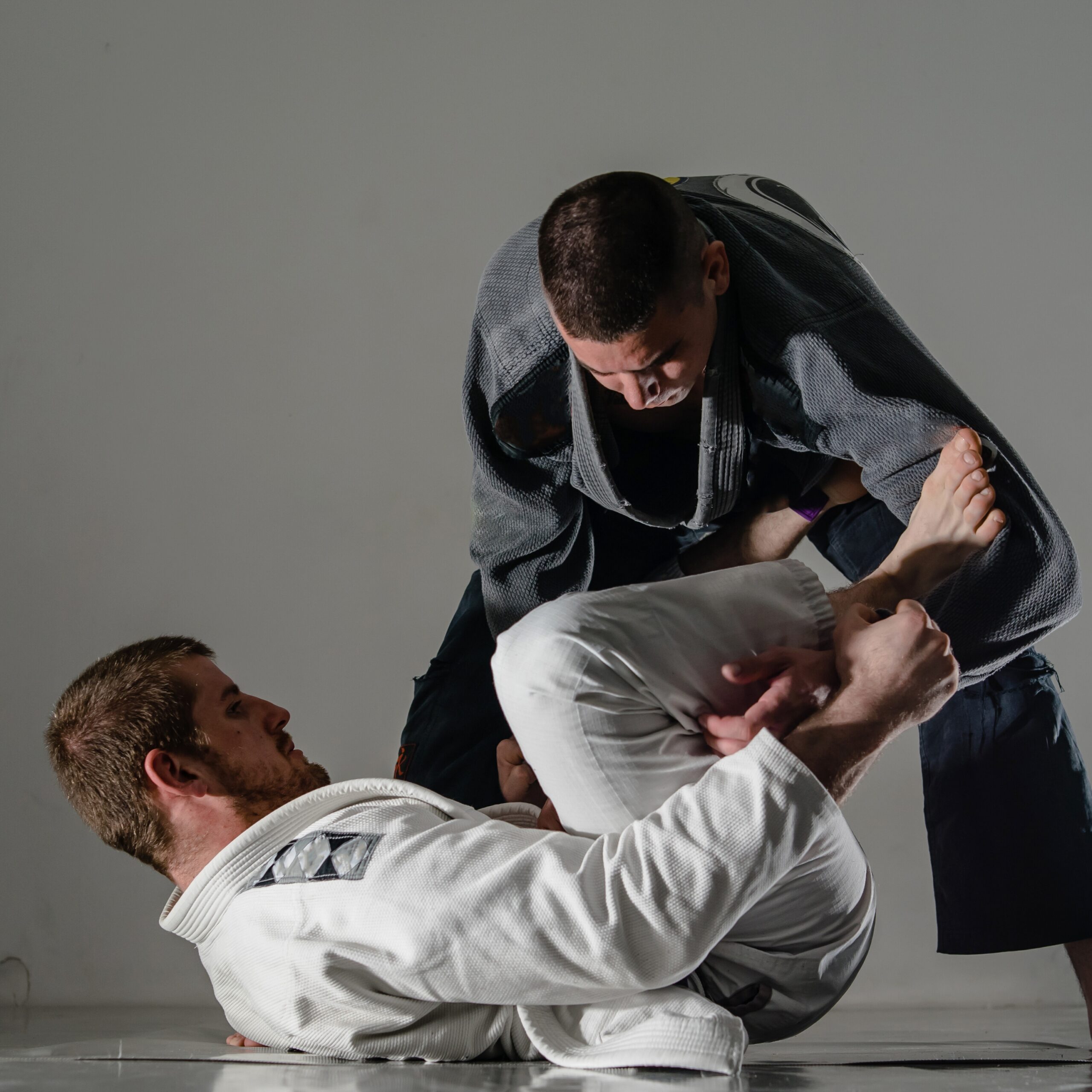
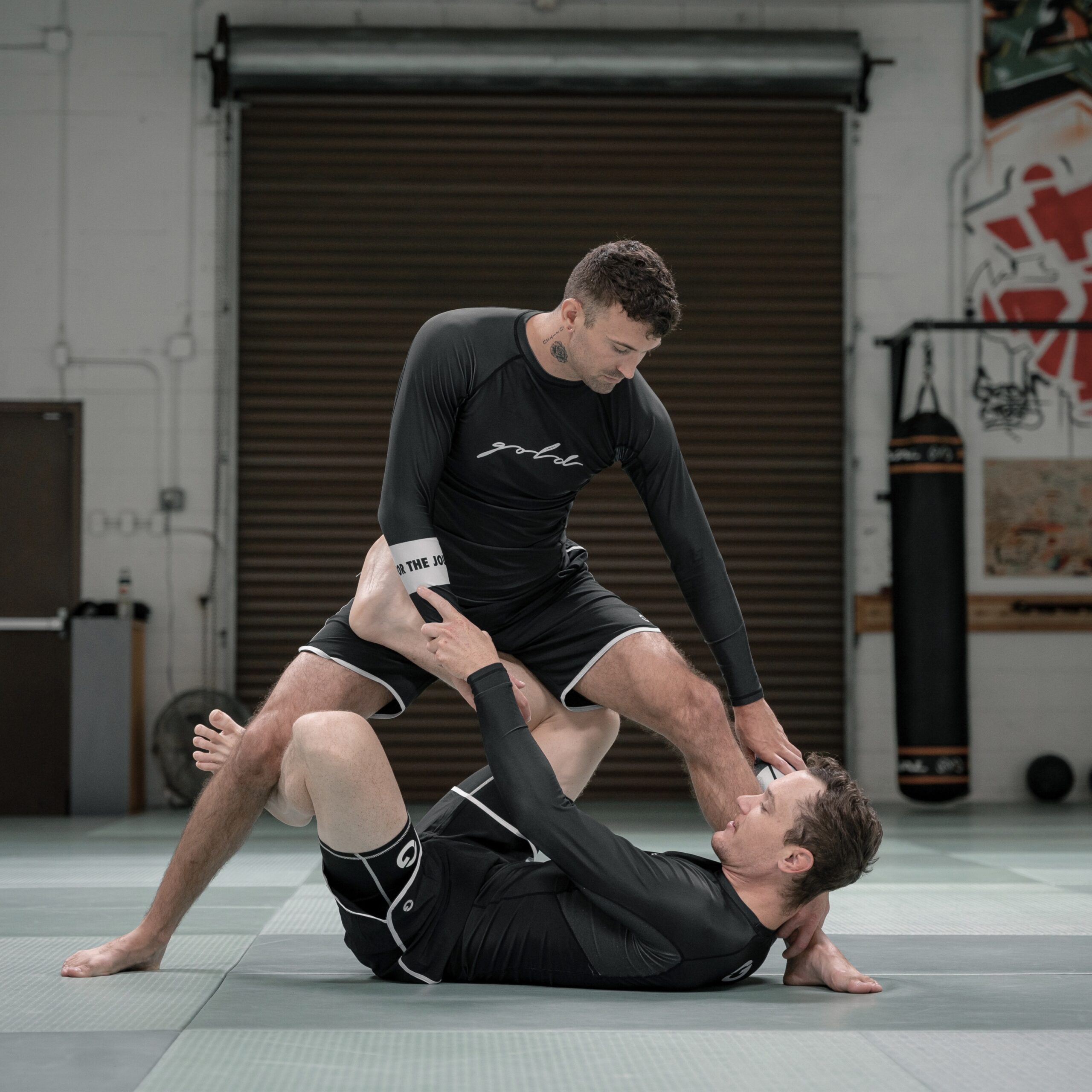
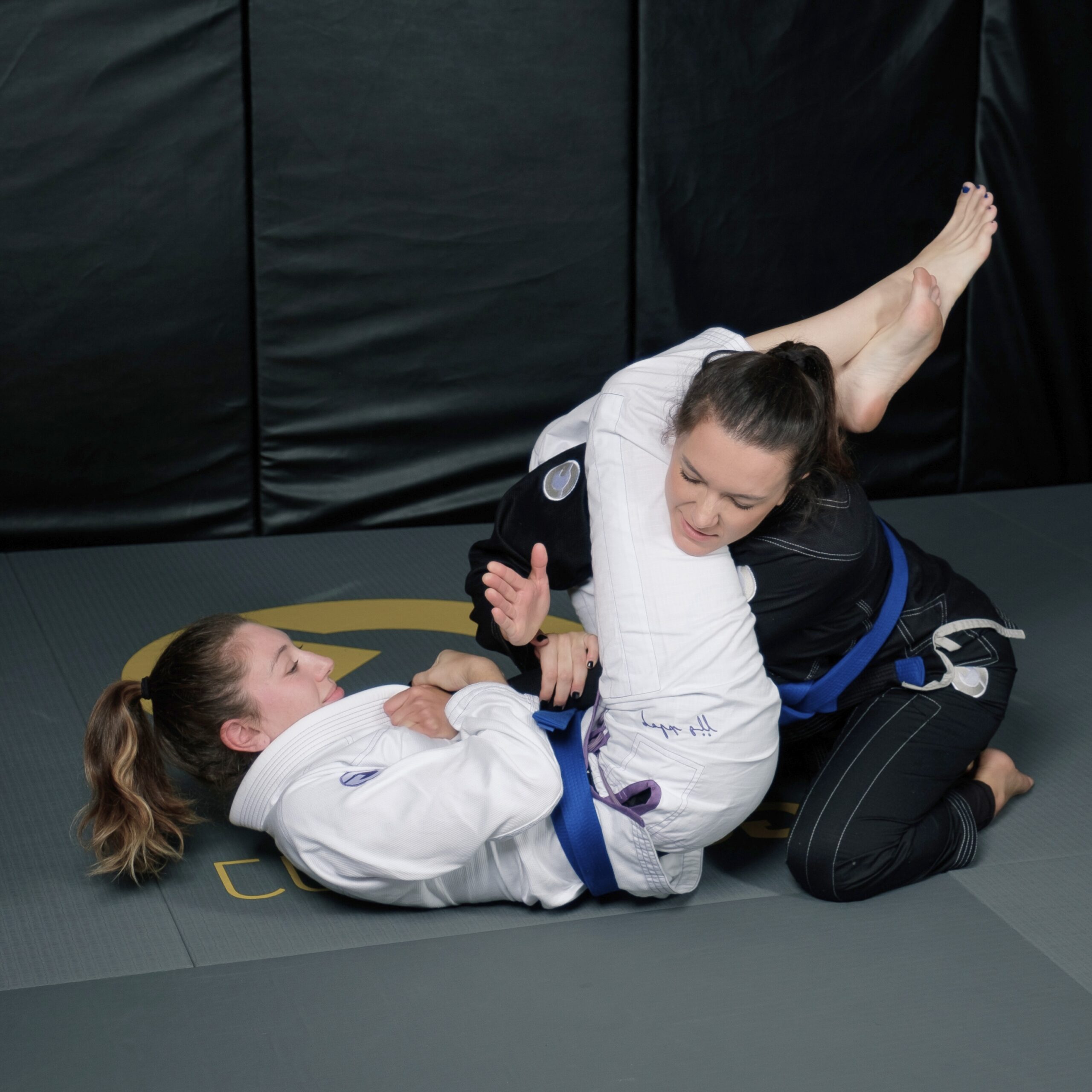
What makes Brazilian Jiu-Jitsu so appealing is its accessibility. People of all ages, body types, and fitness levels can train effectively, because success doesn’t depend on size or strength alone. With consistent practice, beginners learn how to turn technique into advantage, making it possible to neutralize even larger, stronger opponents. This balance of practicality and strategy is what sets BJJ apart, and why it has become one of the fastest-growing martial arts worldwide.
Brazilian Jiu-Jitsu Description
Brazilian Jiu-Jitsu is a grappling-based martial art that emphasizes ground fighting, positional control, and submissions. Unlike striking arts such as karate or boxing, Brazilian Jiu-Jitsu focuses on neutralizing an opponent through leverage and technique rather than punches or kicks. Practitioners learn to use body mechanics, weight distribution, timing, and angles to apply joint locks and chokeholds that encourage opponents to submit.

Training typically takes place in two formats: gi (the traditional uniform) and no-gi (athletic wear such as rash guards and shorts).
Gi training incorporates the use of the uniform itself—collars, sleeves, and pant legs become handles for grips, controls, and submissions, making it a highly technical style that emphasizes precision and patience.
No-gi, on the other hand, removes those fabric grips, placing more emphasis on speed, body positioning, and clinch techniques like underhooks and overhooks. The pace is often faster, and strategies shift to account for the lack of grip-based control.
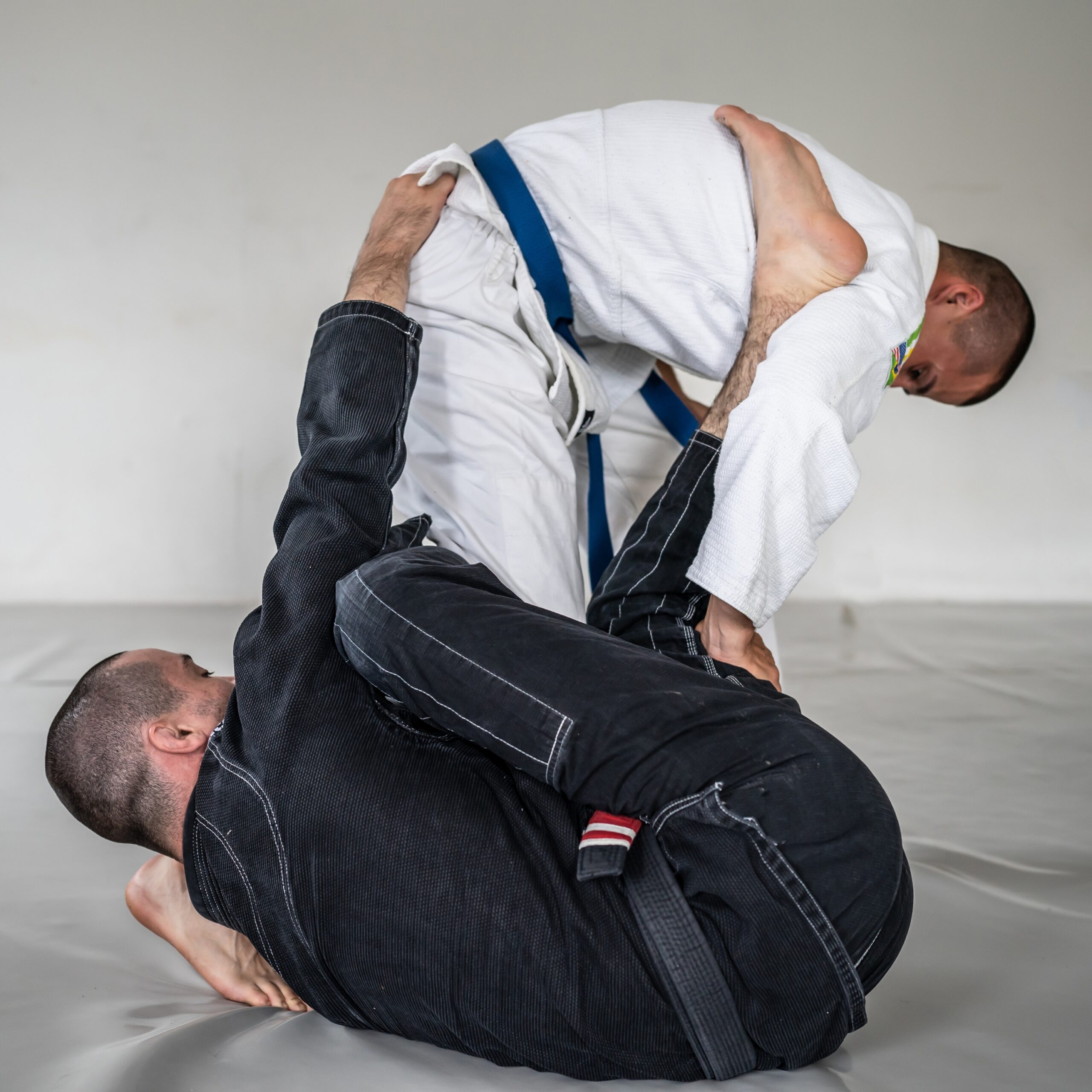

Both styles are practiced worldwide and complement each other by developing distinct yet transferable skill sets, with many practitioners choosing to train in both. Competitions are held in each format, giving athletes the opportunity to test their abilities under slightly different rules and conditions.
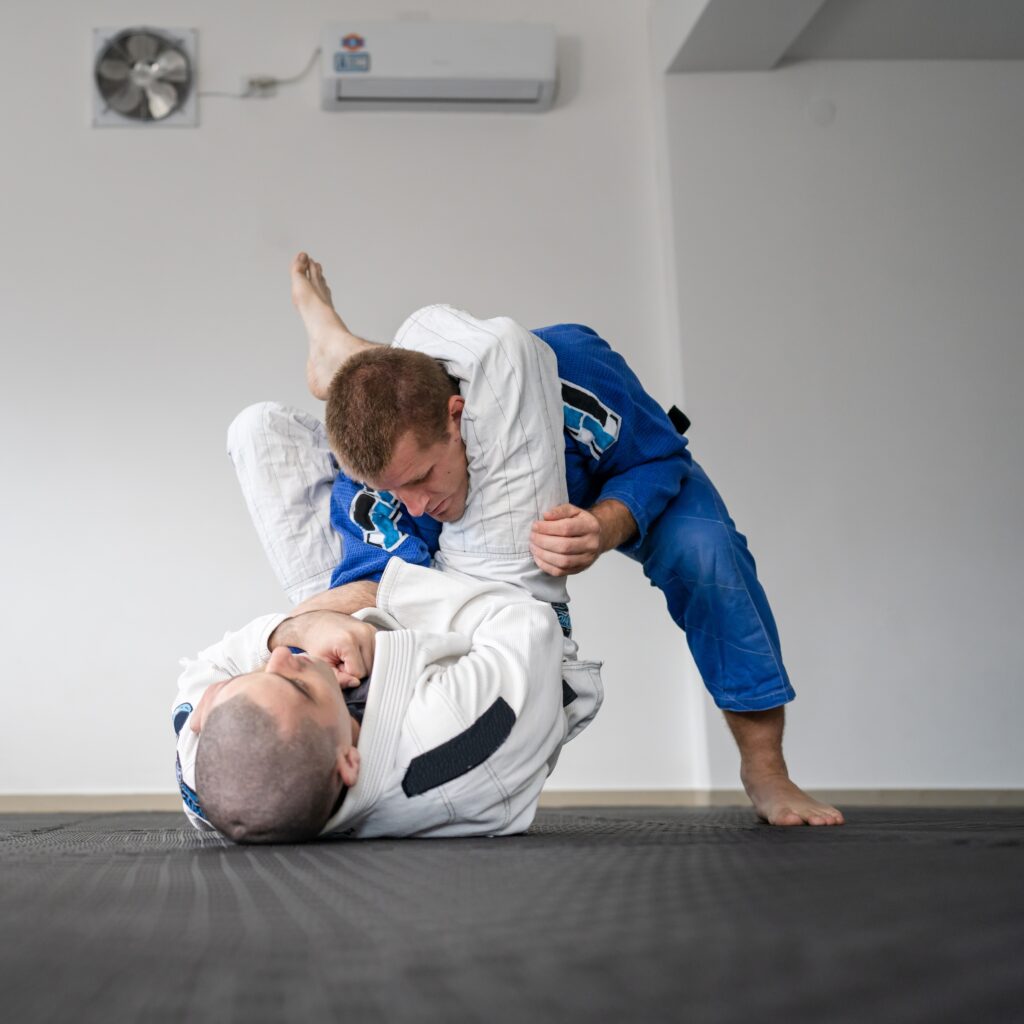
Core techniques revolve around positions such as guard, mount, side control, and back control, and the transitions between them.
Guard, for example, allows a practitioner on their back to control or attack, while mount provides dominance from above.
Each position has its own attacks, defenses, and counters, creating a constantly evolving “chess match” where both practitioners are working several moves ahead.
Students progress through a belt ranking system (white, blue, purple, brown, black), with promotions based on time, technical ability, and instructor evaluation.
Advancement is slow and deliberate, often taking years, which reflects the depth of the art and the patience required to master it.
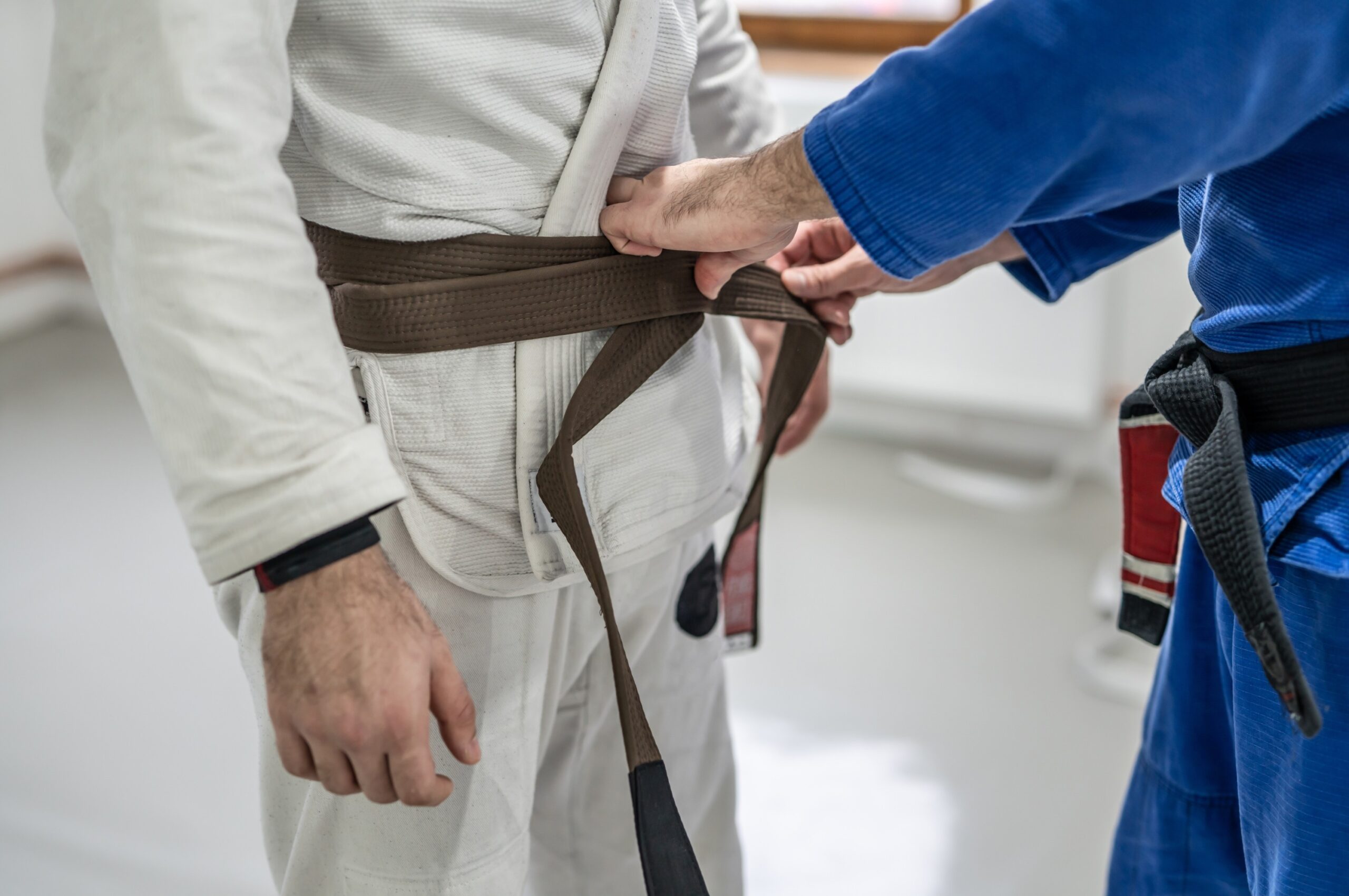
Beyond sport and competition, Brazilian Jiu-Jitsu is a highly effective form of self-defense, equipping practitioners with the ability to control larger or stronger opponents without relying on striking. This practicality has made it a cornerstone of modern mixed martial arts (MMA) and one of the most respected martial systems worldwide.
The Benefits of Brazilian Jiu-Jitsu
Brazilian Jiu-Jitsu provides an intense full-body workout, engaging muscles from head to toe. Grappling movements build functional strength, while drilling positions and sparring improve cardiovascular endurance, flexibility, and overall conditioning. Every class leaves you stronger, more agile, and more aware of how your body moves.

It also sharpens problem-solving skills, as each sparring match is like solving a puzzle under pressure. You must constantly adapt, anticipating an opponent’s moves, creating traps, and escaping difficult positions. This develops quick thinking and mental agility that carry into everyday life.
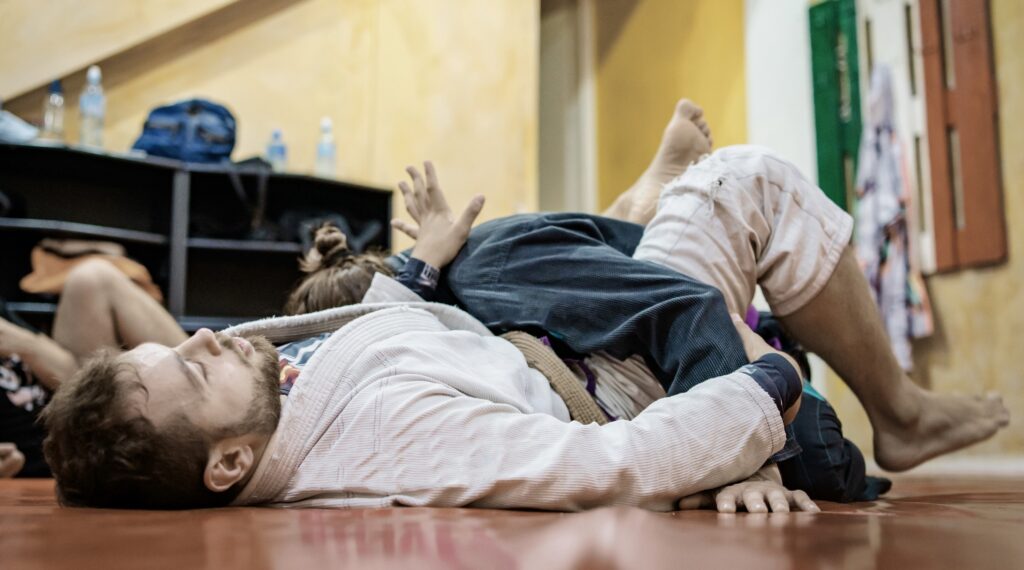
Training consistently helps boost confidence, both physically and mentally. Learning self-defense techniques empowers you to handle situations calmly, while overcoming challenges on the mat reinforces resilience and self-belief. Progress may be slow, but each new skill builds a deeper sense of capability.
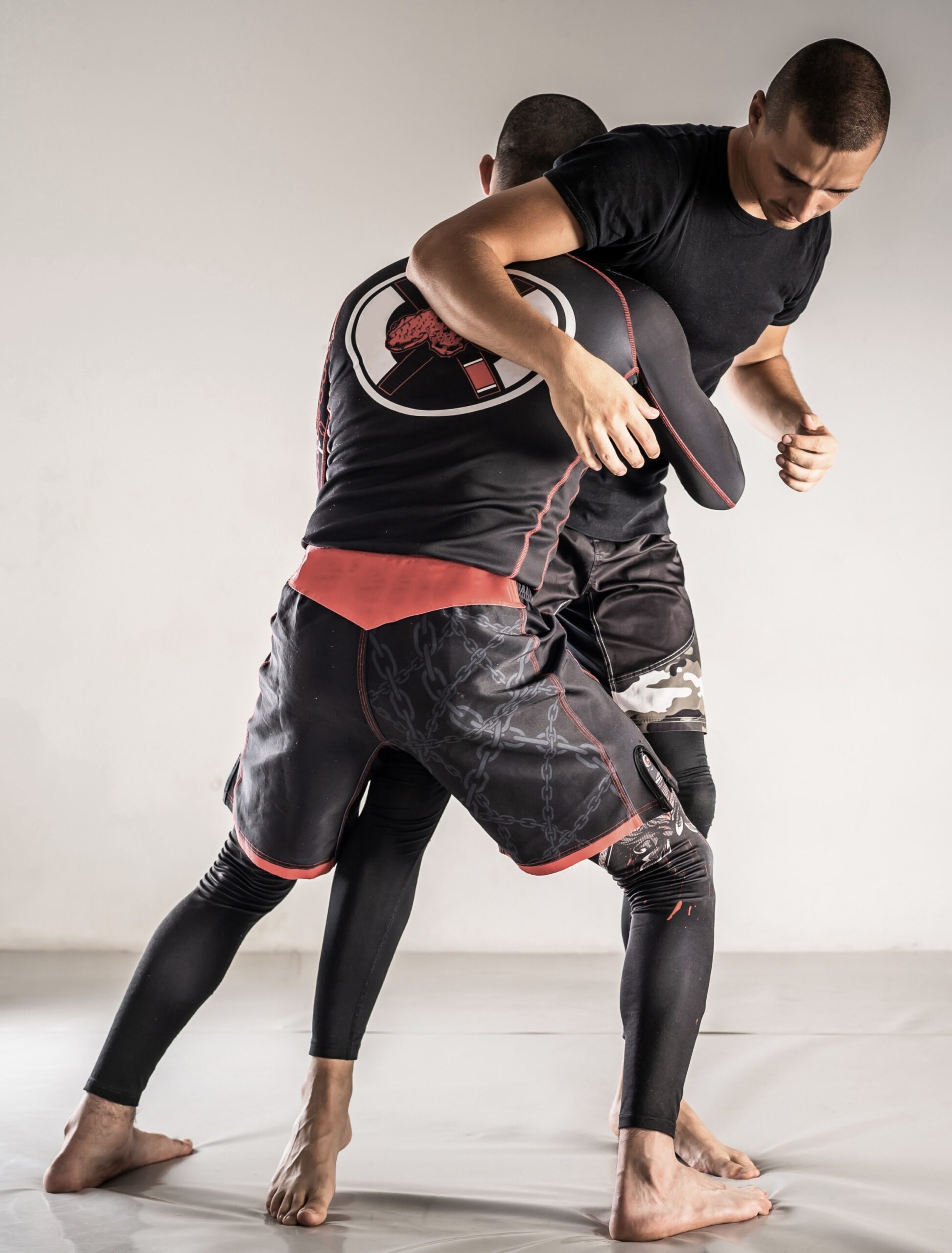
It helps improve coordination and body awareness. Learning how to move fluidly through transitions, maintain balance, and control leverage refines motor skills and deepens your understanding of how the body works.
Over time, your movements become more efficient and precise both on and off the mat. Even everyday actions like lifting, walking, or adjusting posture can feel more natural as your body awareness improves.
One of the most humbling aspects of Brazilian Jiu-Jitsu is how it teaches humility and discipline.
Regardless of size or experience, there will always be someone who can challenge you, whether through superior technique, timing, or strategy.
This constant reality check keeps egos grounded, encourages respect for others, and emphasizes the importance of patience and consistency in growth. The mat becomes a place where progress is earned step by step, reinforcing values that extend well beyond training.
For many practitioners, Brazilian Jiu-Jitsu provides effective stress relief. The intensity of training demands focus, pushing outside concerns aside while you’re on the mat. Physical exertion releases tension, and the rhythmic flow of drilling techniques creates a meditative quality that resets the mind.
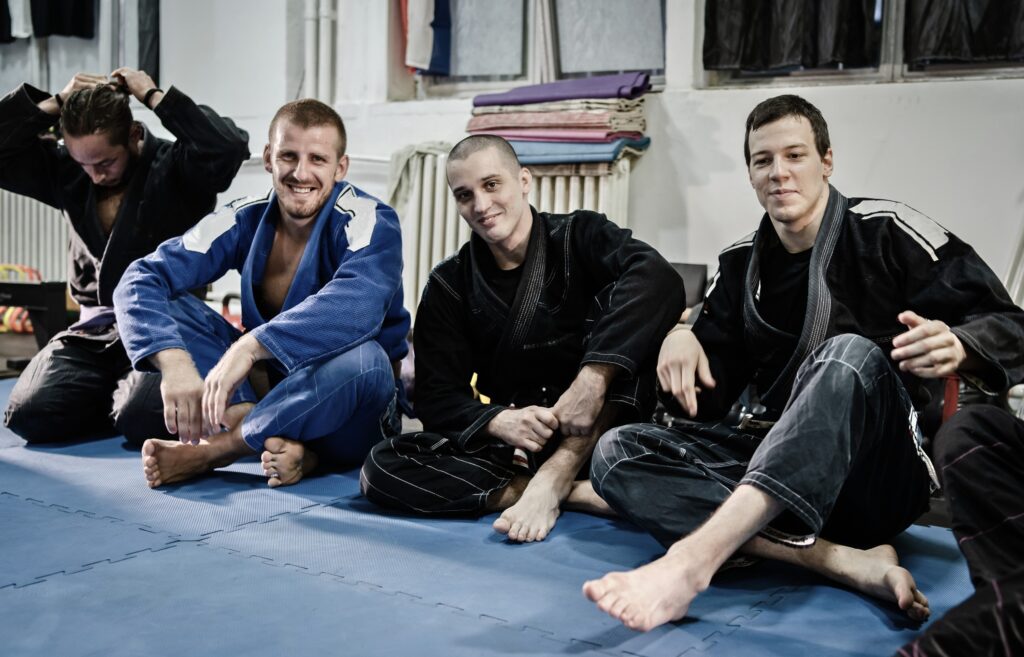
It is also known for building community and connection. Training requires trust and cooperation, you rely on your partners to challenge you safely, and they rely on you in return. This back-and-forth creates strong bonds, friendships, and a sense of belonging in a supportive environment. Many practitioners describe their gym as a second family, where encouragement and shared effort foster both personal growth and lasting relationships.
Getting Started
The most effective way to begin is by joining a certified Brazilian Jiu-Jitsu academy or martial arts gym. A good gym will have qualified instructors, a safe and welcoming environment, and beginner classes that introduce the fundamentals.
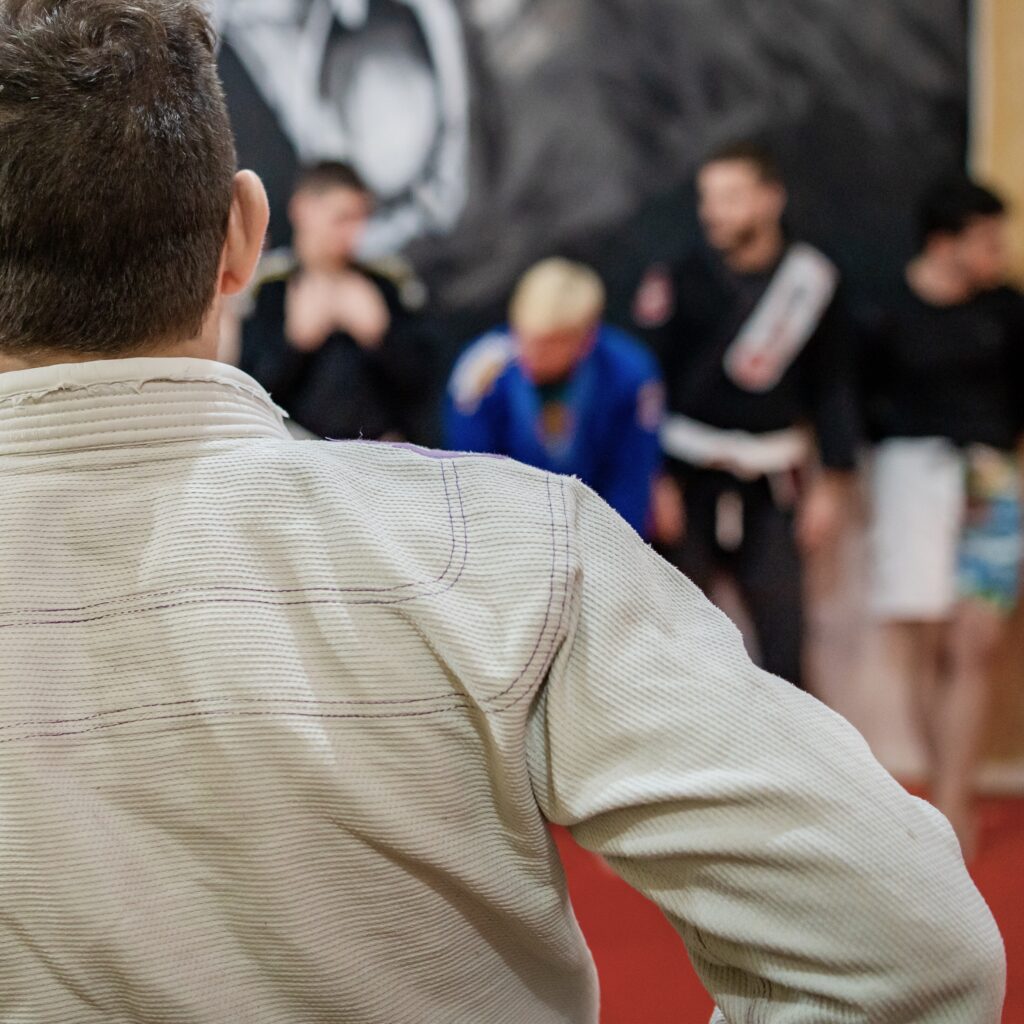
Training in person provides proper guidance and safe practice, and observing a class or taking advantage of a free trial can help you find the right fit.
If you don’t have an academy nearby, there are still options. Some judo, wrestling, or general martial arts schools offer BJJ-inspired grappling classes, which can introduce you to similar movements and concepts.
You can also start with virtual resources such as online instructional platforms, video libraries, or structured courses.
While nothing replaces live training, these tools can help you learn the basics of positions and movements until you have the chance to step onto the mats in person.
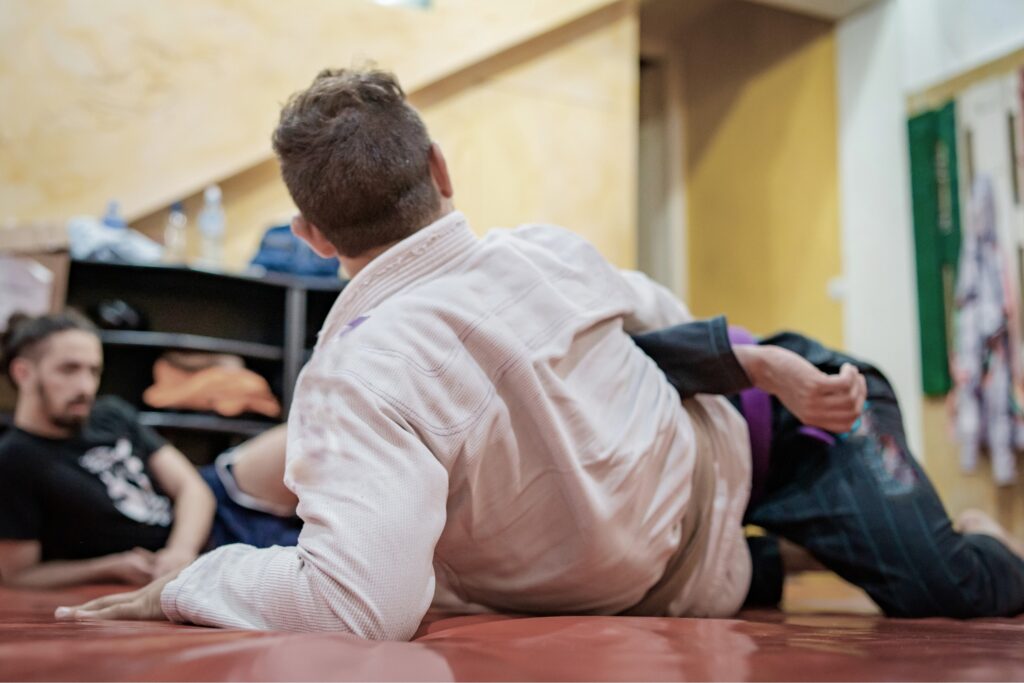
Expect a steep learning curve at first. Positions like guard or mount may feel awkward, and you may find yourself lost during sparring. Progress comes through repetition, focusing on small wins, such as escaping side control or learning a single submission, helps you stay motivated.
It’s helpful to establish a regular training routine early. Consistency is more important than intensity, especially in the beginning, when your body and mind are still adjusting to the demands of grappling.
Attending a few classes per week builds familiarity and helps you retain techniques more effectively than training sporadically. Regular practice also conditions your body to handle the unique movements of BJJ, such as hip escapes, rolls, and transitions, which can feel foreign at first.
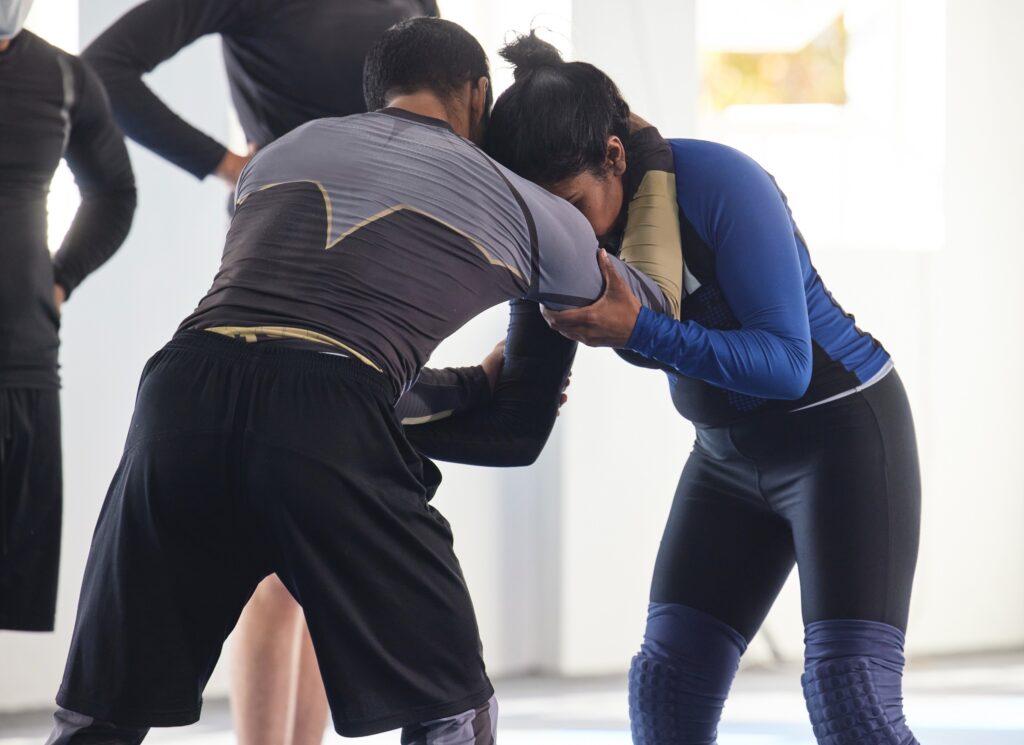
Over time, a steady routine not only accelerates progress but also prevents the frustration that comes from forgetting skills between long gaps in training.
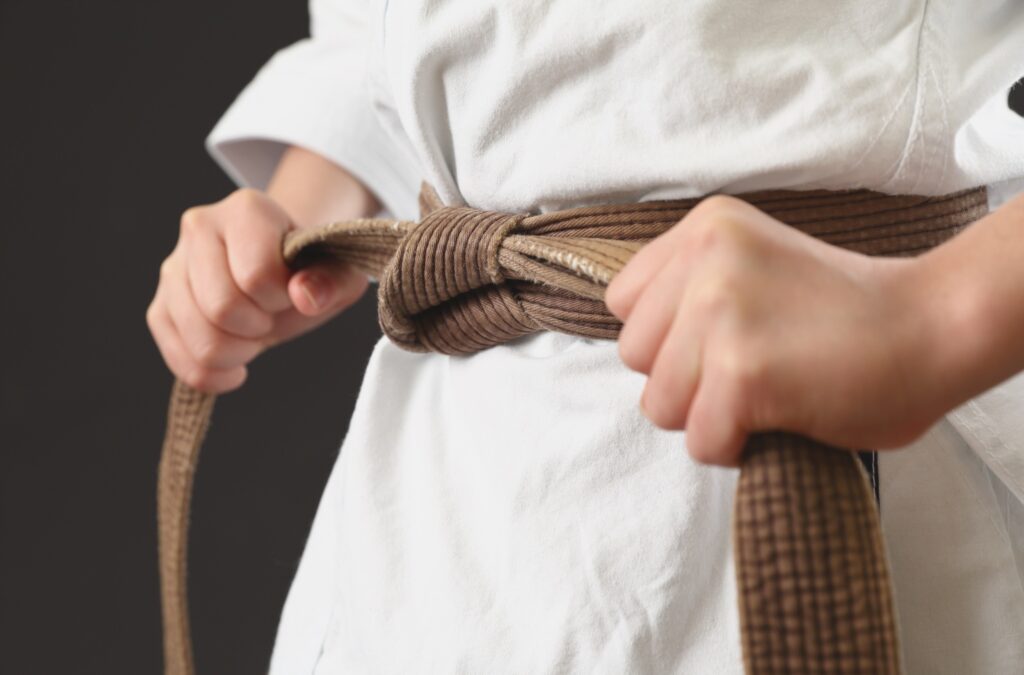
When it comes to gear, many academies provide loaner uniforms for new students, but eventually you’ll want your own gi.
For no-gi classes, rash guards and grappling shorts are the norm. A water bottle, mouthguard, and a small towel are also handy additions.
Finally, adopt a growth-oriented mindset. Mistakes are part of learning, being submitted or feeling overwhelmed is normal at the start. Each challenge is an opportunity to improve, and the persistence you develop on the mat carries over into life outside of training.
Resources
Local Brazilian Jiu-Jitsu academies remain the best resource for hands-on learning. Many offer beginner packages, trial classes, and fundamental programs designed to ease new students into the art.
Books and instructional materials can reinforce what you learn in class.Titles by respected practitioners, such as the Gracie family or John Danaher, provide detailed explanations of techniques and strategies. These resources offer context and depth beyond day-to-day training.
Online platforms and video tutorials are another valuable resource. Websites like BJJ Fanatics or YouTube channels hosted by black belts provide demonstrations of techniques that can be reviewed at your own pace. Watching breakdowns helps reinforce class instruction and clarify details you may have missed.
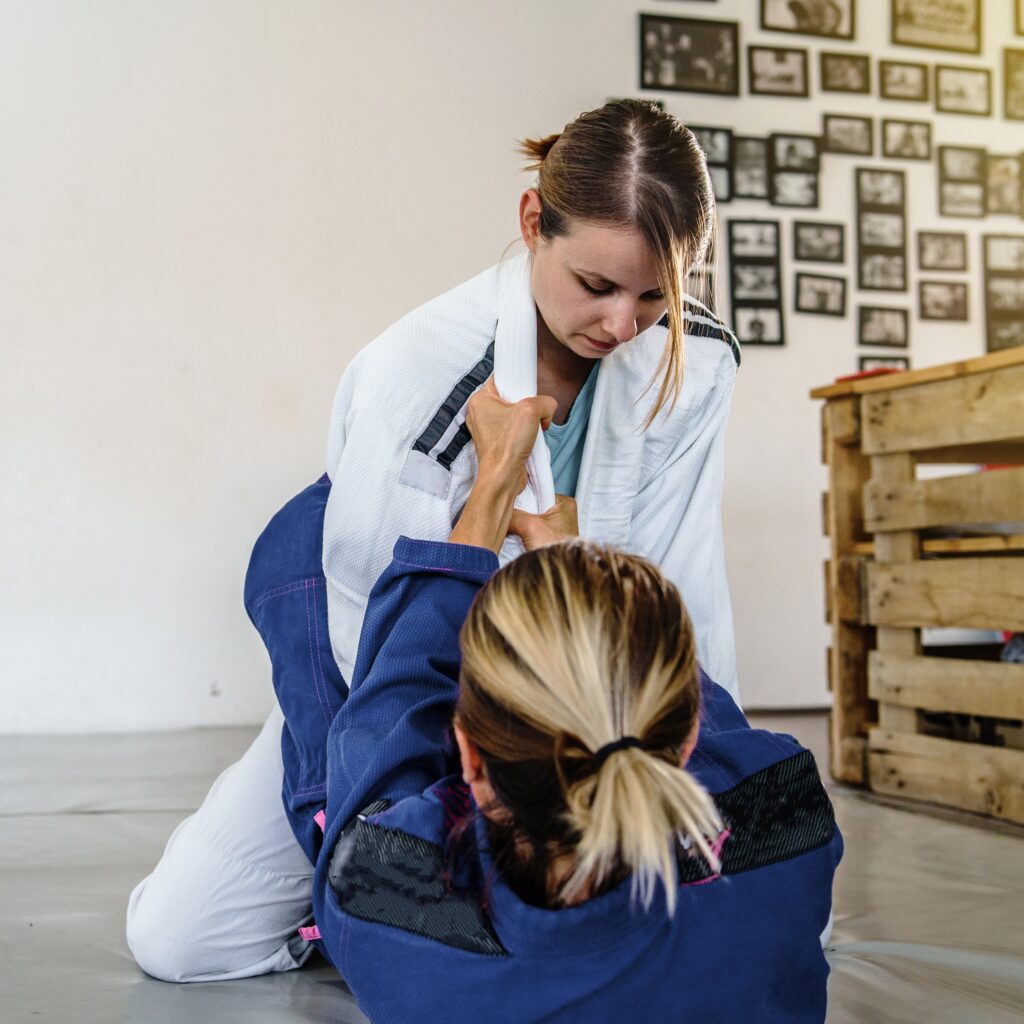
In addition to traditional books and videos, instructional apps and digital platforms have become popular tools for students. These apps often include structured curriculums, searchable video libraries, and even progress-tracking features. Having a resource on your phone makes it easy to review techniques right after class or practice details at home between training sessions.
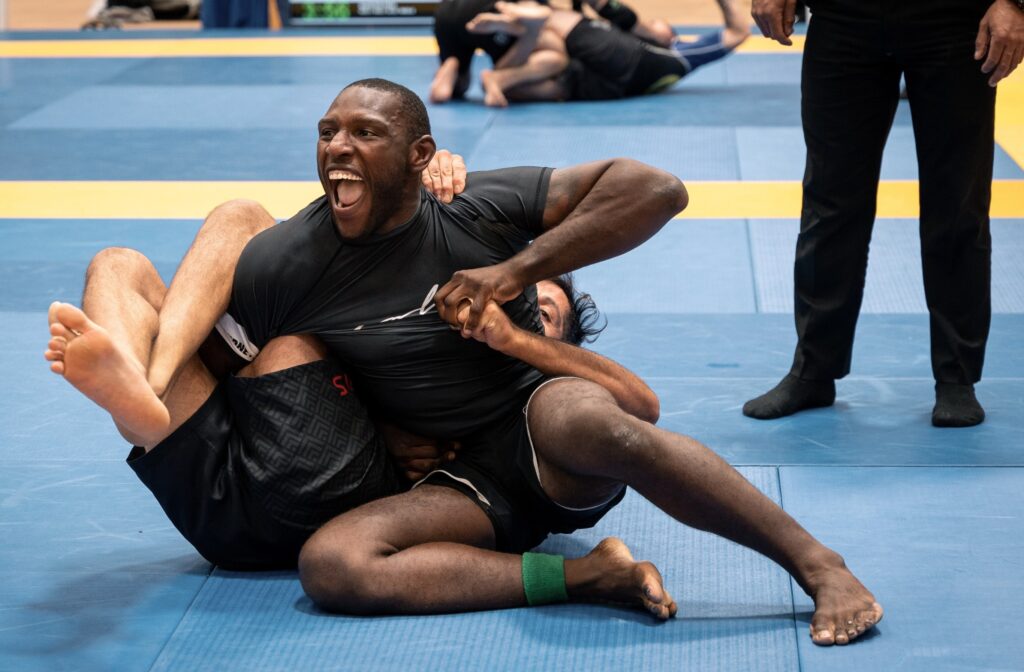
For those who like structure, competition events and seminars are worth exploring.
Even as a beginner, attending a tournament or seminar exposes you to the culture of the sport, introduces you to new techniques, and connects you with the broader BJJ community.
Competitions give you a firsthand look at how techniques are applied under pressure, while seminars led by high-level instructors offer insights you might not encounter in regular classes.
Both experiences can be motivating, showing you what’s possible as you progress and helping you feel part of a larger tradition in Brazilian Jiu-Jitsu.
Explore specialty retailers that focus on martial arts gear. Beyond the gi, these shops carry rash guards, belts, protective equipment, and training accessories designed specifically for grappling.
Buying from dedicated retailers ensures quality, durability, and fit, important factors when you’re training several times a week. Many also provide guidance on sizing and care, which can be helpful for beginners.
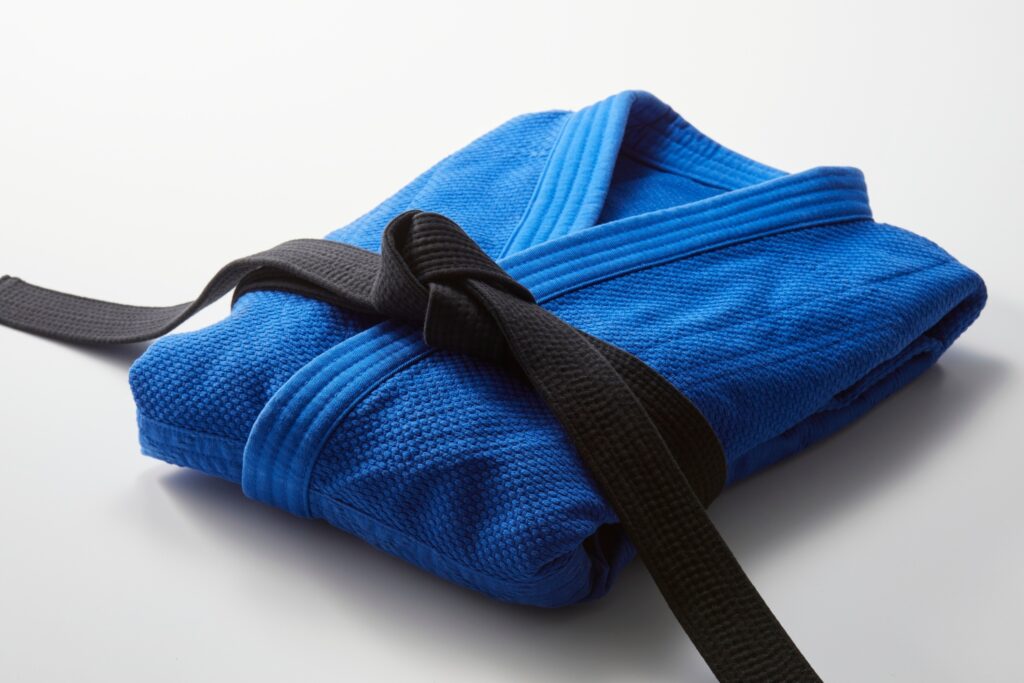
To stay motivated and engaged, many practitioners turn to podcasts and community forums. Hearing from experienced athletes and coaches offers perspective on training, mindset, and philosophy. Online forums also connect you with fellow students, providing encouragement and advice.
Safety and Tips
The most important rule in Brazilian Jiu-Jitsu is to tap early and often. Submissions are designed to control joints or restrict breathing, and waiting too long to tap can lead to unnecessary injuries. By tapping, you’re signaling your partner to release before harm occurs. It’s not a sign of weakness, it’s a smart habit that keeps you safe and lets you keep training consistently.
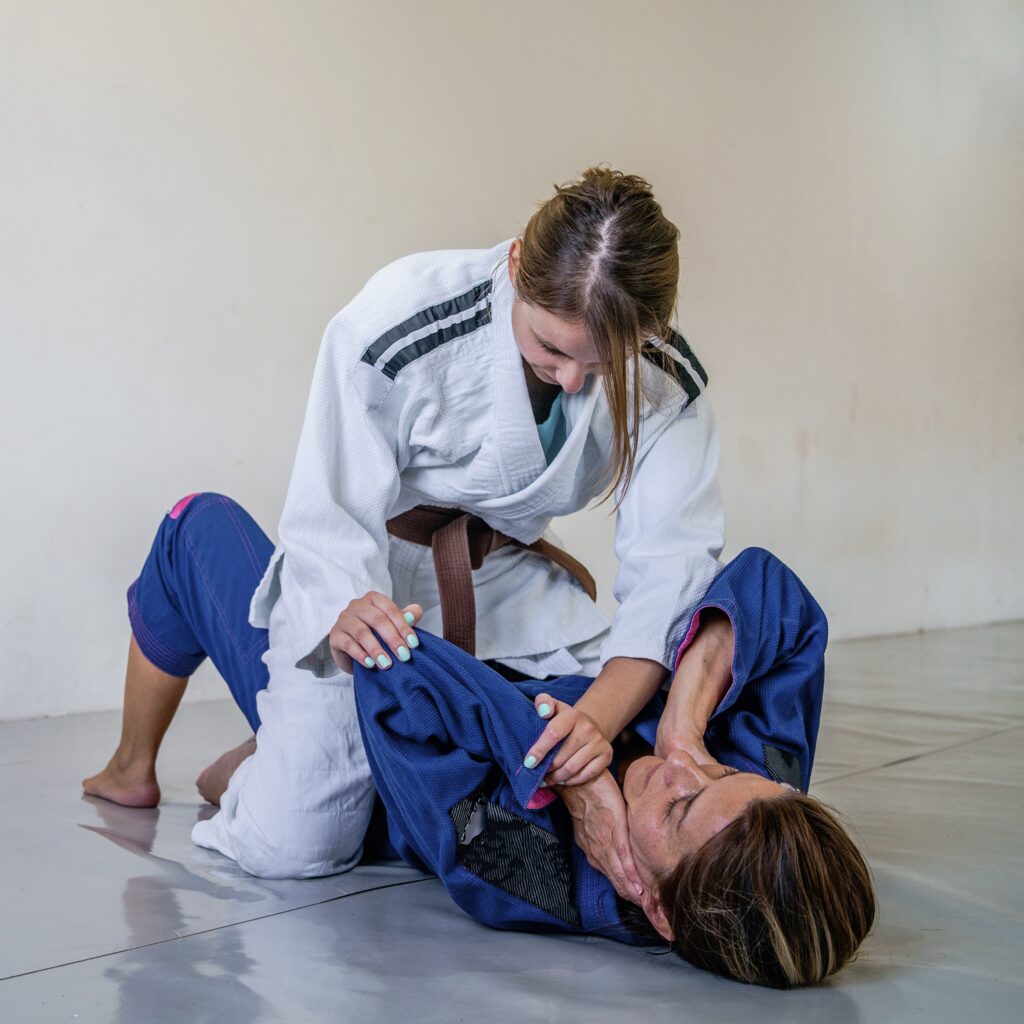
It’s important to protect your neck and spine. Many techniques involve pressure or twisting around these areas, so developing good habits early is vital.
Tucking your chin when defending chokes, avoiding sudden jerking movements, and keeping proper posture during scrambles all reduce strain and protect these sensitive parts of the body.
Like any physical activity, warming up is crucial for both performance and injury prevention. A good warm-up increases blood flow, loosens joints, and prepares muscles for the dynamic movements of grappling. Light jogging, mobility drills, and stretching before class help reduce the chance of strains and pulls while also sharpening your focus for the session ahead.
Learning to control your intensity when sparring. Going at full strength every round can create unsafe situations, especially for beginners. Instead, focus on flow, timing, and precision.
Training at a controlled pace helps you absorb techniques, stay safer, and actually learn more in the long run.
Safe training also depends on communication with your partners. Letting others know you’re new, or asking questions if something feels unclear, helps set expectations and builds trust.
During sparring, speaking up if a technique feels uncomfortable ensures that you and your partner can adjust before problems arise.
Communication strengthens the cooperative spirit that makes BJJ communities thrive.
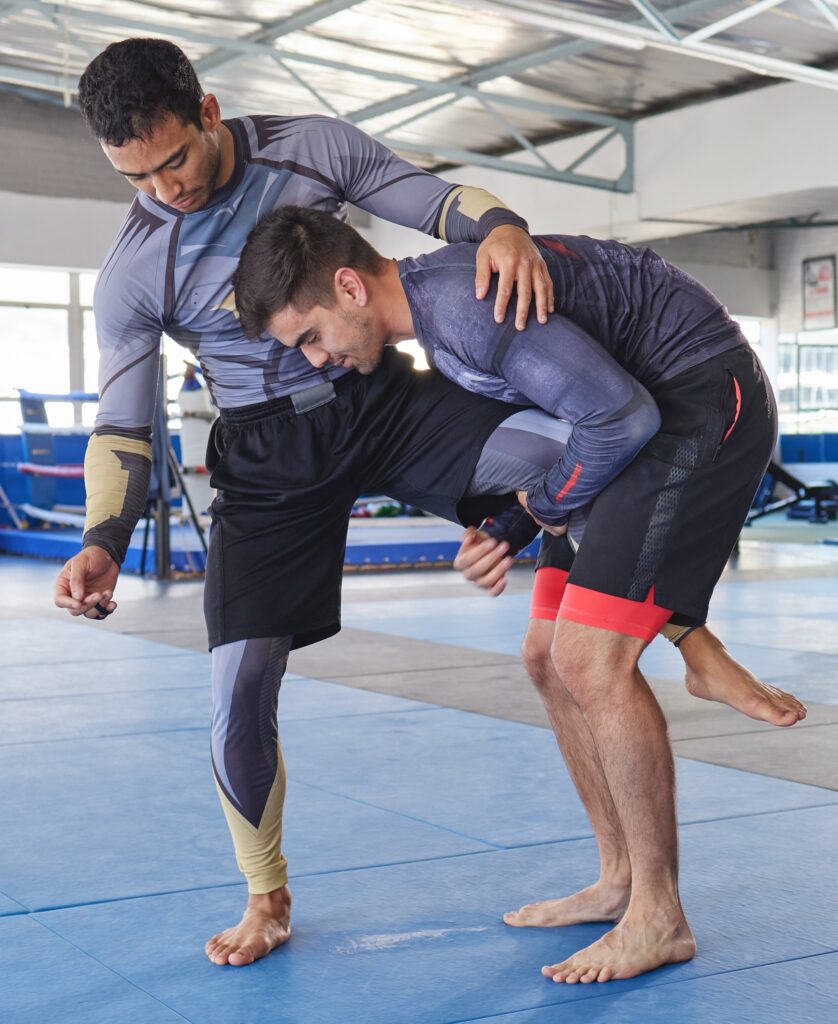
Respecting instructors and training partners is key. Brazilian Jiu-Jitsu is built on cooperation, and safe practice depends on mutual trust. Following your instructor’s guidance ensures that techniques are taught and applied correctly, minimizing risk while maximizing learning.
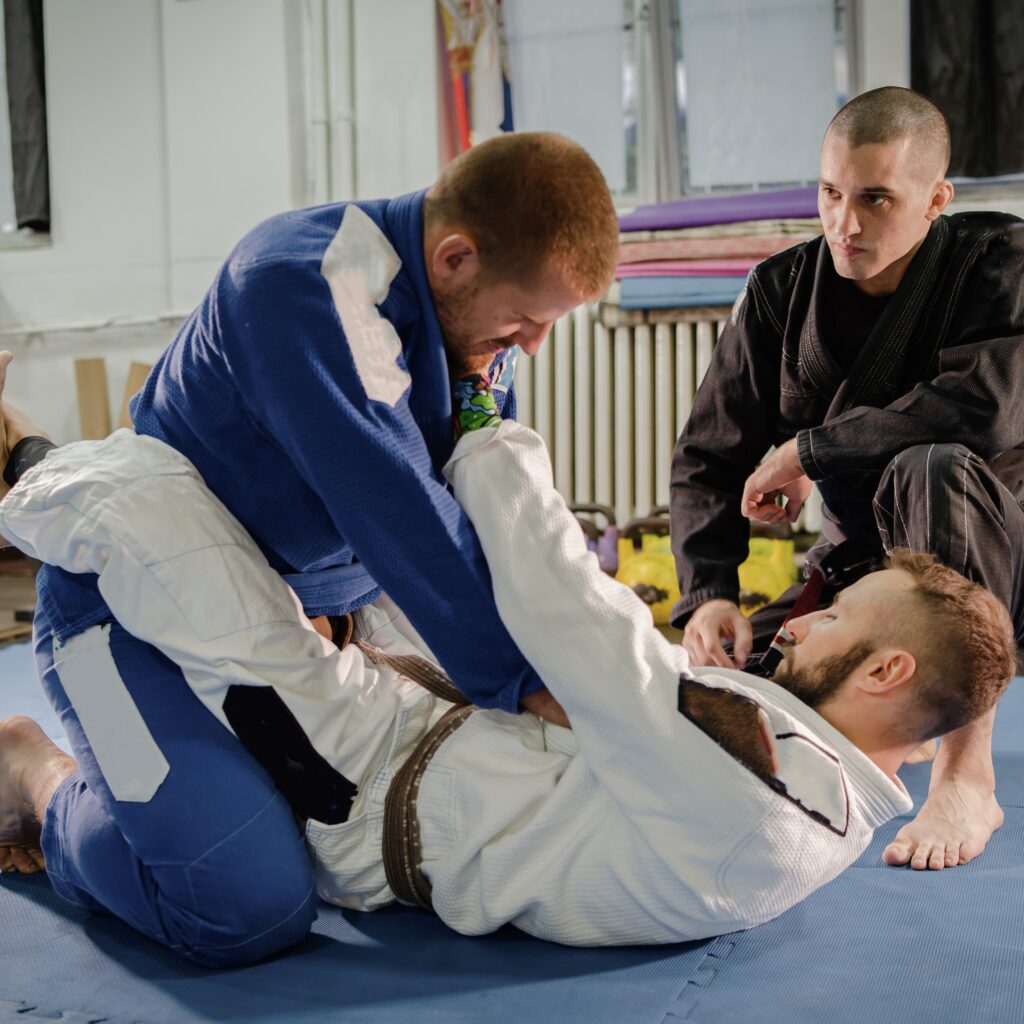
Just as important is the respect shown to training partners, rolling too aggressively, ignoring their signals, or pushing beyond their limits can create unsafe situations.
When both people work together, the training environment stays positive, everyone feels comfortable, and progress comes faster. Respect builds the foundation for a culture where learning, growth, and safety thrive.
Be mindful of environmental safety whenever you’re on the mats. Classes often have many pairs sparring at once, so awareness of your surroundings prevents collisions. Keep water bottles, bags, and gear off the training space, and always check the area before starting a roll. These small habits keep the gym orderly and protect everyone from avoidable accidents.
Because training involves close contact, keeping nails trimmed, showering after class, and washing your gi or no-gi clothing after every session is essential. A clean environment prevents skin infections and makes the gym a healthier place for everyone. Respecting hygiene standards is part of respecting your training partners.
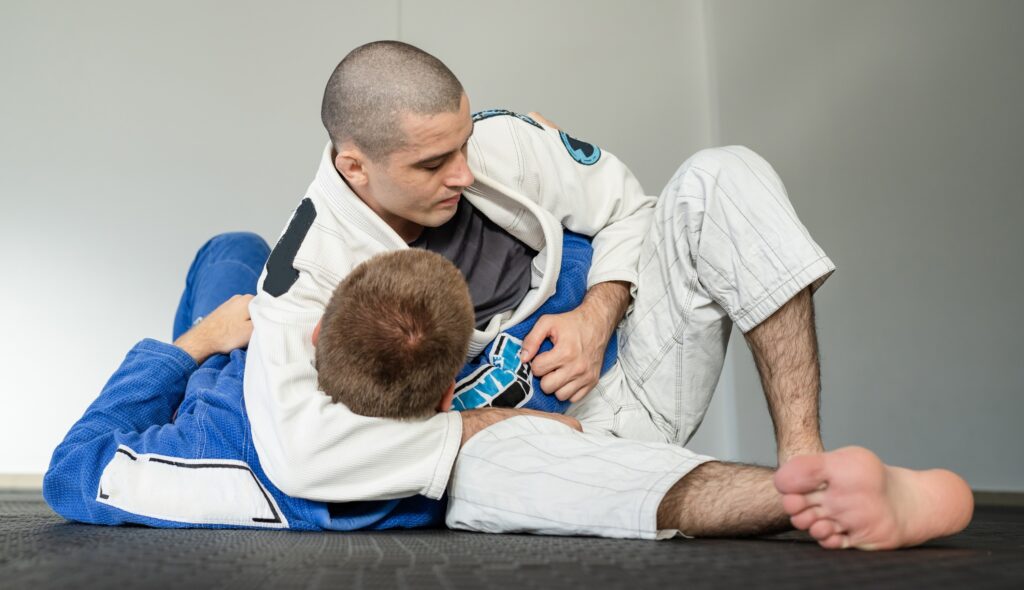
Make sure to prioritize rest, hydration, and recovery. Grappling is physically demanding, and fatigue increases the risk of mistakes or injury. Drinking water before and after class helps maintain performance, while rest days give your muscles, joints, and nervous system time to recover. Balancing effort with recovery ensures you can train consistently and avoid burnout.
Final Thoughts
Brazilian Jiu-Jitsu is more than a martial art, it’s a lifelong journey of growth, discipline, and self-discovery. Each class challenges your body, sharpens your mind, and humbles your ego, while connecting you with a community that supports and motivates you.
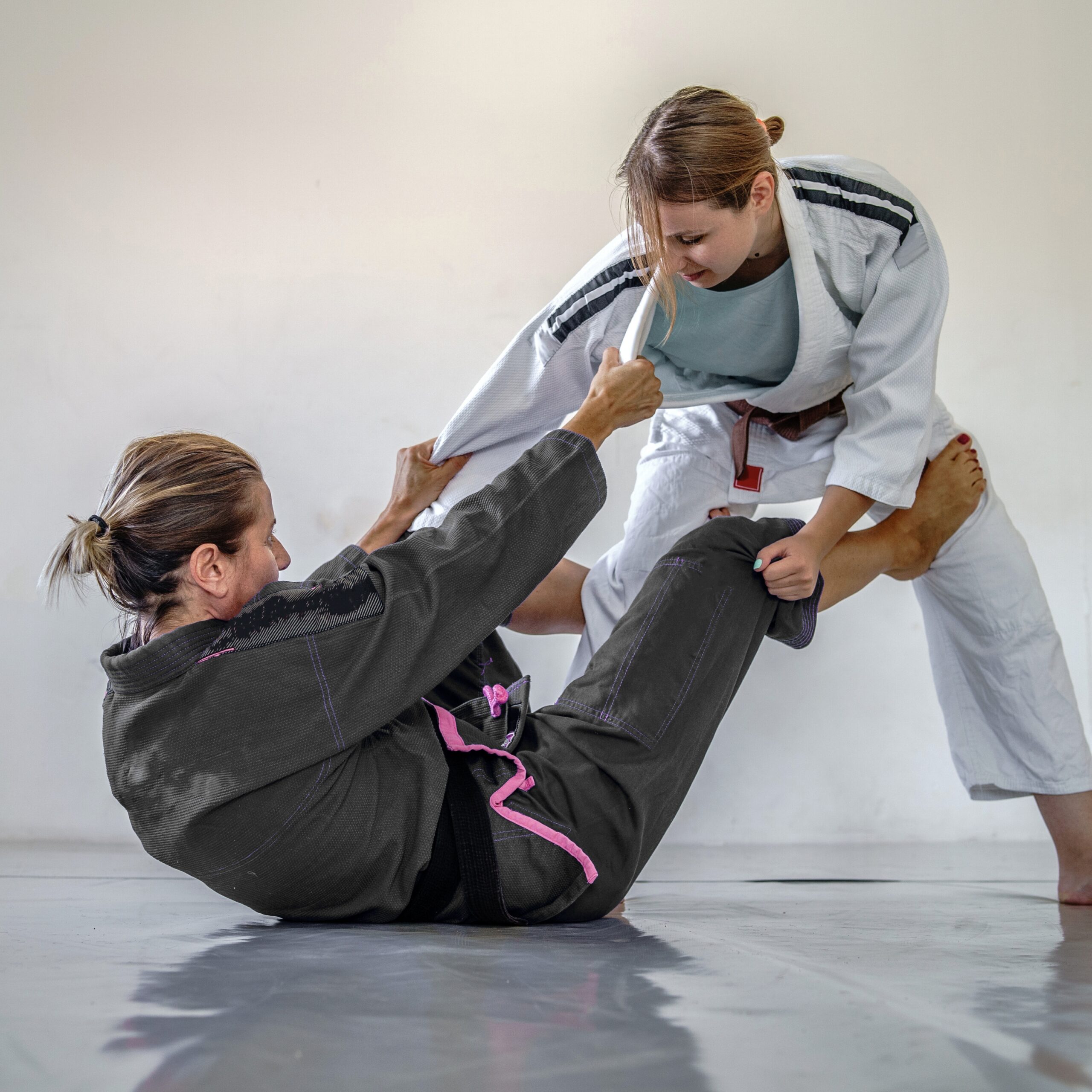
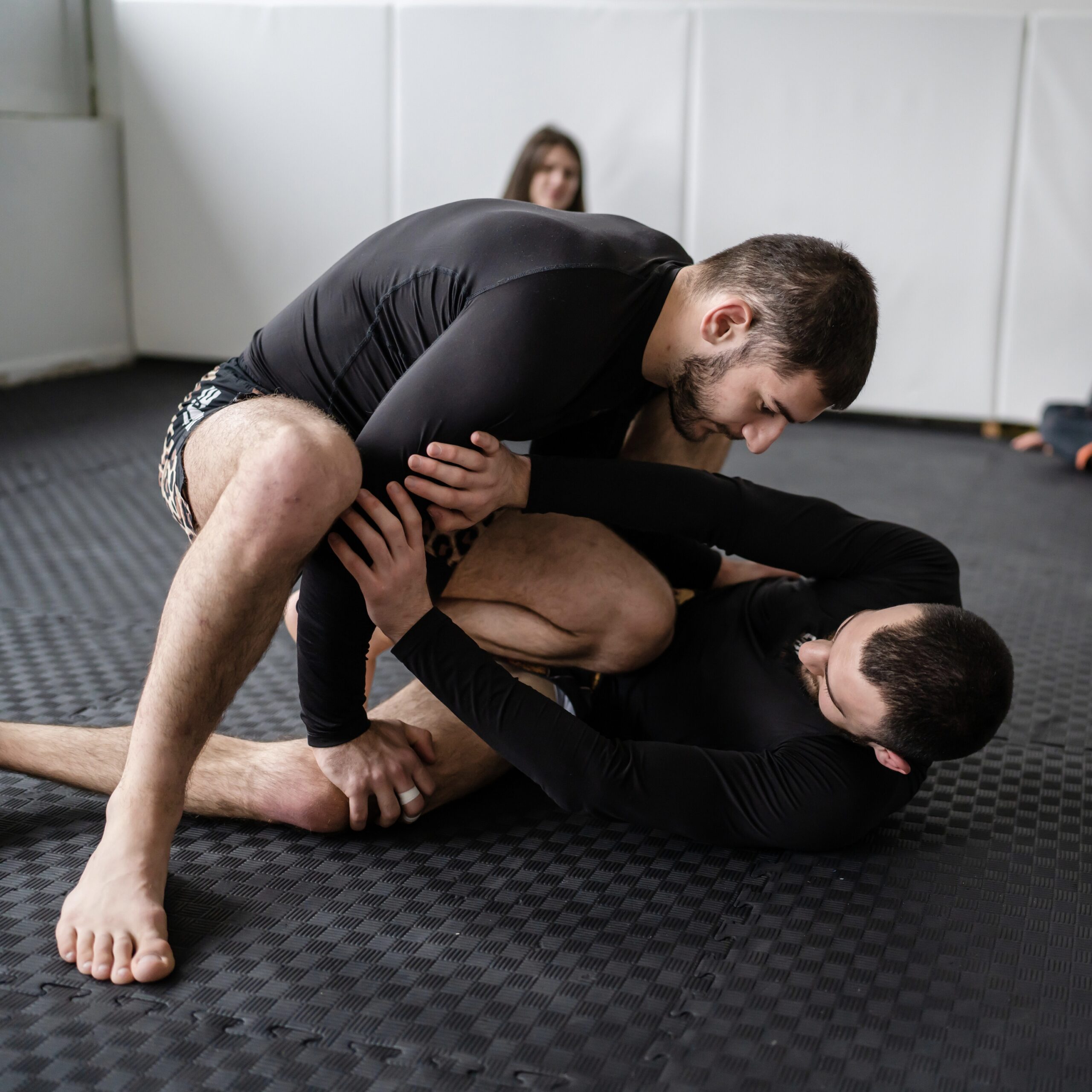
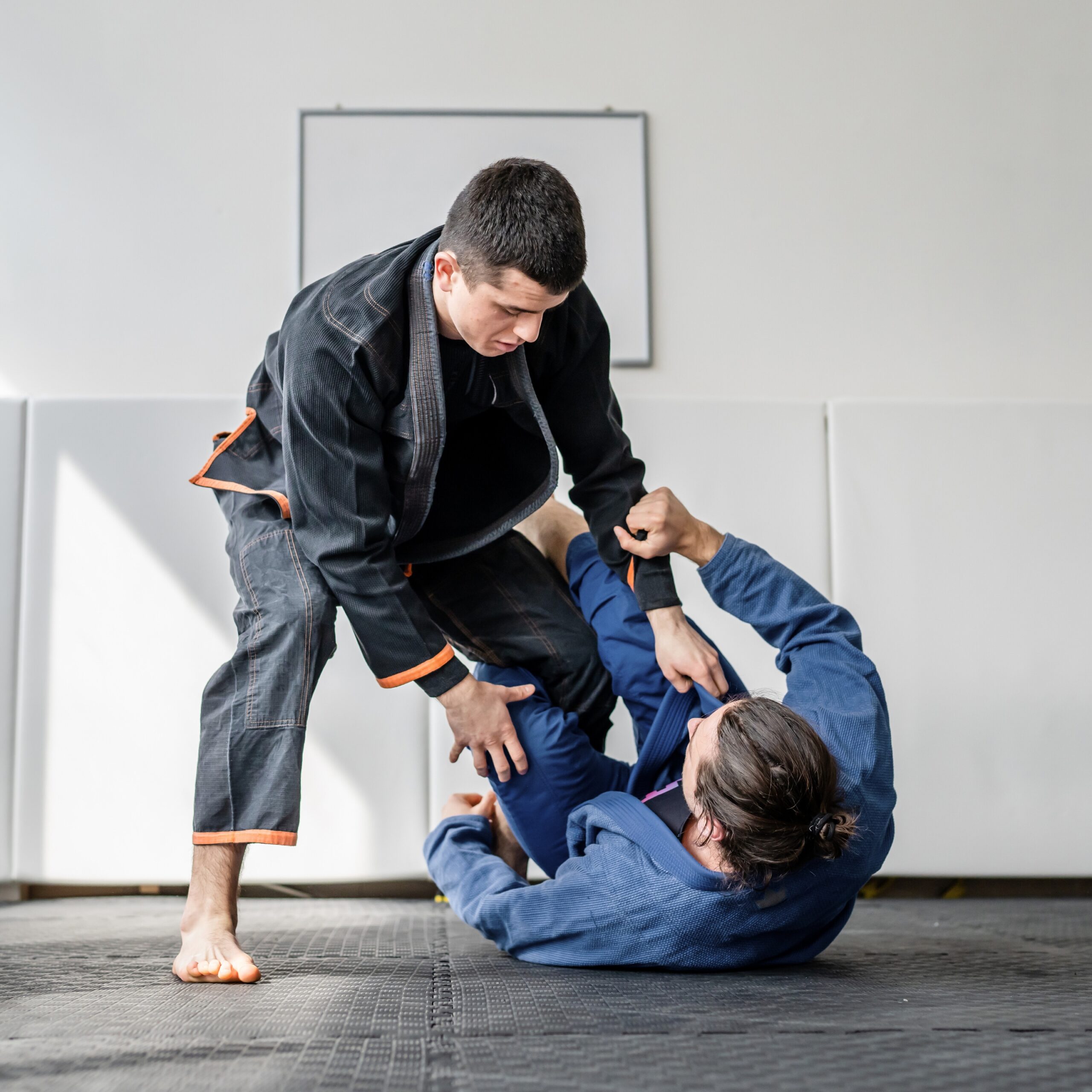
If you’ve ever considered trying a martial art, BJJ offers a balance of practicality, physical fitness, and personal growth that few activities can match. Step onto the mat, tie your belt, and see what sparks of confidence, resilience, and connection await you in the gentle art.
Have you ever tried Brazilian Jiu-Jitsu, or would you like to? Share your thoughts below!
Leave a Reply